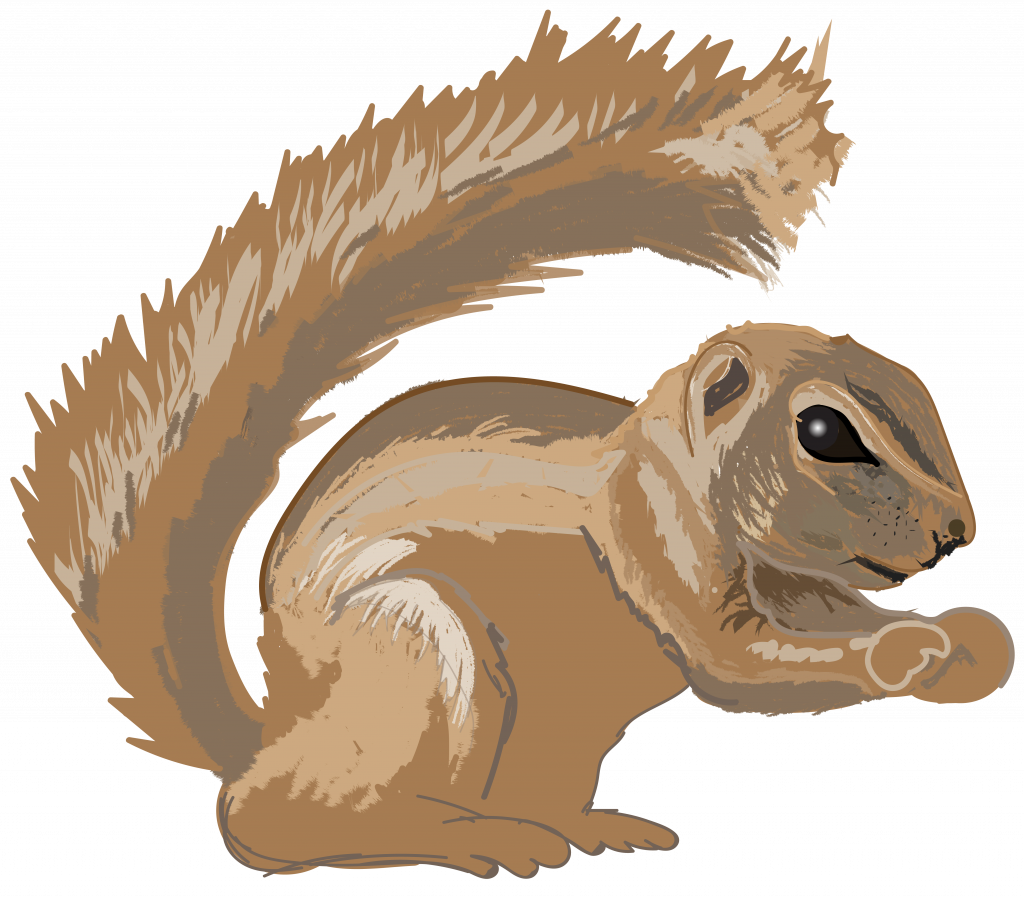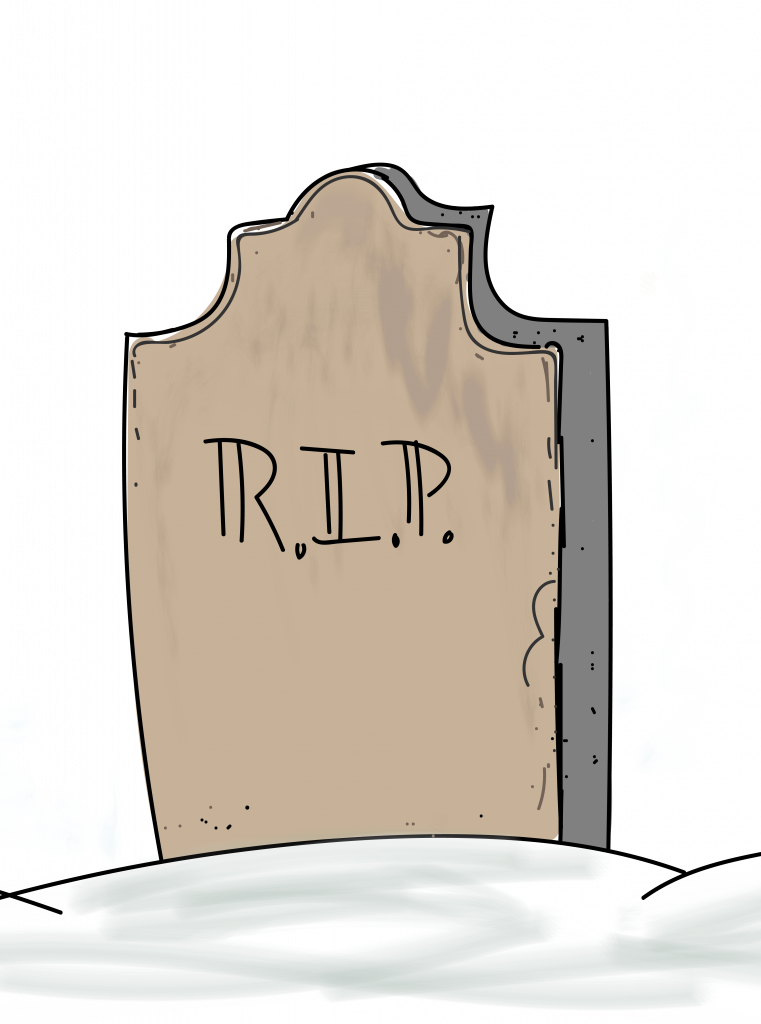2.12 Adaptation
Adaptations come in a variety of forms:
- Adaptations can be anatomical features, such as the strong caudal (or tail) fin of fish that cannot survive without strong swimming. The large ears of the desert fox is an adaptation that helps the fox dissipate heat in its hot environment. The modified leaves of the cactus, its sharp spines, are also adaptations for desert life; these spines limit the plant’s loss of water in its arid climate and serve as defense against potential plant predators. The plant-like features of the stick bug allow it to blend in to its surroundings, an adaptation that confers protection against predation.
- Biochemical features, such as proteins, or the genes that code for proteins, can be adaptations. Genes for egg-yolk protein, vitellogenin, are present and functioning (producing egg-yolk protein) in fish, reptiles and birds. These genes for egg-yolk protein are adaptations that distinguish the egg-laying birds. Interestingly, the genes for producing vitellogenin exist in non-functioning, or vestigial, forms in all mammals with the exception of the egg-laying mammals, the monotremes: monotremes have one functional egg-yolk gene and one non-functional egg-yolk gene. These genes suggest a story about mammalian evolution. Namely, we began by nourishing our young with egg-yolk protein, like the modern-day reptiles and birds. As we developed the ability to lactate (i.e., feed our young with milk), we developed mutations that rendered us unable to make egg-yolk protein. With the ability to feed our offspring milk, the egg-yolk protein was no longer advantageous and therefore those with non-functional egg-yolk protein genes were not at a disadvantage. Thus a new group of organisms emerged without functional genes for egg-yolk production.
-

Figure 2.14 Cape ground squirrel shading itself from the sun with its tail Behaviors can be adaptations as well. A plant that orients its leaves to face the sun is responding, in an adaptive way, to its environment. A dog that barks at an intruder is exhibiting a protective adaptation, and the Cape ground squirrel that uses its own tail for shade is demonstrating a thermoregulatory adaptation. To see this tail in action, as a parasol and an anti-predator device, check out the following video. The arctic tern, which travels up to 60,000 kilometers from its arctic breeding grounds to the Antarctic, is implementing a behavioral adaptation that is energetically taxing but leads to reduced competition for resources, reduced predation pressure, and greater food availability.
Fitness is the currency of evolutionary success
You can measure the effects of natural selection by determining an individual’s reproductive success, or fitness. The evolutionary “winners” are those individuals who are best represented, genetically, in the next generation. A bird that lives longer than other birds, is more beautiful, and can fly further may seem like a winner. However, if he fails to reproduce, he won’t have as much fitness as other birds that do have offspring. This concept of fitness is one that we’ll return to throughout our discussions.

The inevitability of natural selection
Evolution by natural selection is as an inevitable consequence of life. If certain conditions exist, populations will evolve by undergoing natural selection. These specific conditions are:
1. Organisms produce more offspring than the environment can sustain.
Any population of organisms, reproducing at full capacity, will outstrip the available resources within a few generations. This leads to a competition for resources. This competition may be overt (e.g., a physical battle for resources or mates) or not (e.g., some individuals may be better at hunting or fishing or building nests). Among competing organisms, there will be winners and losers.
2. Competing organisms exhibit individual variability.
Variability between competing organisms may contribute to an individual’s success or failure. For example, some finches may have adaptations that enable them to obtain food more efficiently than other finches.
3. Some of the variability that organisms exhibit is heritable.
If some individuals survive and reproduce because of inherited traits that the non-survivors lack, then the winners will pass these features on to the next generation, thereby altering the gene-frequencies of the population. This change in gene frequency, based on differential survival and differential reproductive success, is evolution by natural selection.
In summary, competition for resources and differential reproductive success inevitably lead to natural selection.

